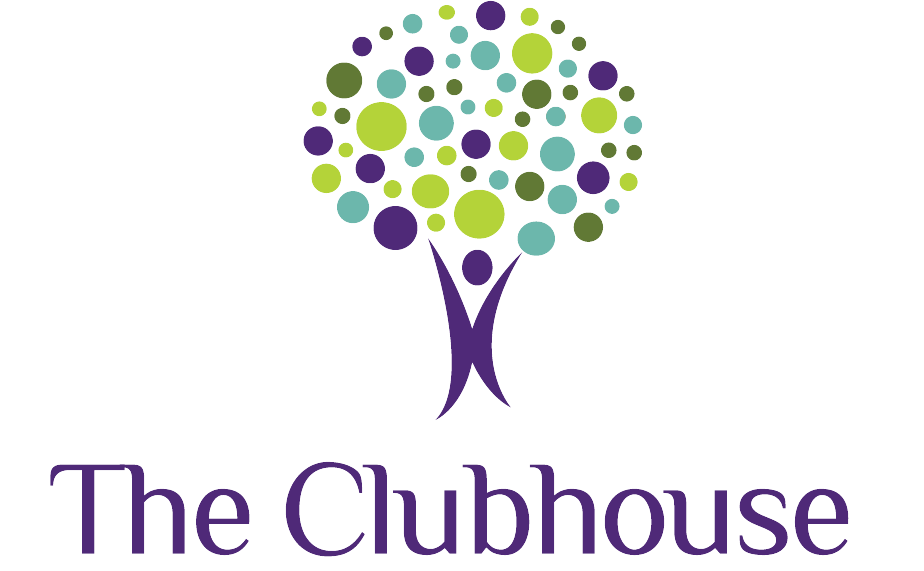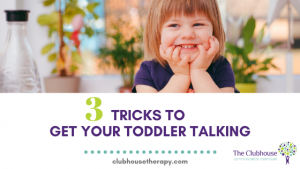Introducing Solids to Your Baby
If you have a new or younger baby, chances are you have thought about introducing solids. The day comes when you leave the pediatrician’s appointment after being given the go to start, so what now? Many parents are told they can start solids with their baby, but are unsure about how to do it.
When Can I Offer Solids?
Previously doctors would tell parents they can start offering solids at 4 months of age. Now, we are learning that it may be better to wait until babies are closer to 6 months of age. Babies’ GI systems may not be developed enough to digest real foods at 4 months old, which can lead to some health concerns such as leaky gut syndrome and constipation.
The Cleveland Clinic offers some more information on why it may be better to wait until your baby is 6 months of age to introduce solids:
There are good reasons why we say wait until the 6-month age to begin giving your baby solid food:
- Solid foods aren’t as nutritious as breast milk or formula. Solid food can be lower in good nutrition and higher in calories, which can cause obesity.
- Solid foods are harder to swallow. A baby may not be developed enough to swallow solid food properly before the age of 6 months.
- Solid food may increase the risk of health problems. Solid food given too early may cause allergies and eczema, and researchers say there may be a link to chronic diseases like diabetes and celiac disease.
https://health.clevelandclinic.org/dont-feed-your-baby-solid-food-before-6-months/
According to the CDC, we also know that being able to sit up with little or no support and good head control are important skills to have before offering solid foods, which babies learn to do around 6 months. Another sign to look for is showing an interest in food and mealtimes. Your baby might watch you as you eat, reach for your foods, and enjoy bringing their hands/feet and toys to their mouth. If your baby was born early, it is important to take their adjusted age into consideration when deciding when to first introduce solids. You can watch for your baby to meet the developmental milestones mentioned in this section, which may happen closer to when your baby turns 6 months of age adjusted.
What Foods Can I Offer and How Do I Transition to New Foods?
When we talk about “solids,” we mean offering smooth, thin purees to help babies learn the new motor patterns they will need for eating off of utensils or with their fingers, while also introducing flavors and texture experiences. It takes different muscles and movements of the tongue, lips, jaw, and cheeks to eat from a spoon or finger than to drink from a breast or bottle. Because of this, babies often spit purees out while learning these new skills, but with practice they will learn how to move purees backwards in their mouth so that they can swallow!
Many parents like to offer “neutral” baby foods, such as banana, sweet potato, or avocado, or a single grain cereal such as oat or barley. Because of possible exposure to arsenic, pediatricians and the Mayo Clinic recommend not offering only rice cereal to your baby. If you want to offer rice cereal, make sure you also offer other kinds of single grain cereals to offer variety. Some parents enjoy making their own baby food by cooking and pureeing fruits and vegetables, or any other the foods the family may be eating. The website https://wholesomebabyfood.momtastic.com/ is a great resource for getting ideas about the types of solids to offer and when. (See below for more information about choosing foods when there are concerns about food allergies.)
Once your baby can eat purees like a champ, we can offer thicker purees, and work our way to meltables such as puffs and yogurt drops. These meltables help little ones learn how to move foods around in their mouth and start to munch up and down with their gums. Once your baby can manage meltables, you can offer mixed textures (e.g. yogurt with fruit pieces in it) as their mouth is already experienced in managing purees and textures which require munching. You can then offer other soft foods such as ripe fruit, soft cooked vegetables, and or soft breads like muffins or pancakes. It can also be fun to use foods as dips and dippers to learn about texture, such as dipping an apple slice in yogurt, or a baby carrot in hummus. They won’t be able to eat the apple or carrot, but they add to their learning about foods.
Some parents enjoy helping their babies explore foods and feeding themselves with ideas from the Baby Led Weaning approach. In short, this means they offer large pieces (of soft foods that are safe for babies) so that they can grab the pieces and learn to take bites on their own.
However you decide to help your baby learn to eat food, remember to have fun helping them explore, and remember that it is all about learning! Before the age of 1, children will still receive all of their nutrition from breast milk or formula. Solids should be offered after breast milk or formula feeds. Introducing solids helps babies learn about flavor, texture, and how to munch and manage foods in their mouth so they are ready to transition to table foods later on. Your baby may enjoy a spoonful, or they may eat a whole container of baby food. Because milk is still their primary nutrition, however much they eat is okay! Watch your baby – they will let you know when the meal is done.
What Utensils Should I Use?
There are an overwhelming number of utensils made for babies. When picking what spoons to use with your baby there are a couple of things you might consider to help you decide. Many babies have an easier time with spoons that have a shallow bowl to begin with (i.e. they are flatter). They are learning how to use their lips to close around a spoon and scoop the food off of it. Gerber Silicone Tip Infant spoons, Munchkin White Hot Safety spoons, Oxo Tot spoons, and Maroon Spoons are all fairly shallow and help babies learn that they can use their lips to help them eat! As they practice they can transition to other baby spoons that are not as shallow.
Another consideration is the size of the spoon. Long spoons, like the Munchkin Soft Tip spoons, are meant for parents to feed their child. It can be a good idea to also offer babies shorter spoons that are the right size for their small hands- this will help them learn how to bring spoons to their mouth without worrying about hurting/gagging themselves with a long spoon! The Grabease and EZPZ utensils are examples of shorter spoons made for tiny hands. It can also be a fun learning experience to offer utensils that have texture to help babies learn how foods can feel different in their mouths. NumNum Dips, The Duo Spoon, The First Years First Food Spoons, and Nuk brushes are a great size for little ones and offer new texture experiences.
What About Allergies?
When thinking about offering solids, many parents worry about food allergies. It may be good to introduce new foods slowly, offering one new food at a time (i.e. every 3-5 days) while watching for signs of an allergic reaction. For those with a family history of food allergies, it is best to consult with your pediatrician for when and how to offer certain foods. You can also call your pediatrician and set up an appointment to offer a new food at their office so that they are present and can support you should your child have an allergic reaction. Signs of an allergic reaction include skin rashes, hives, changes in color (pale, or flushed), sores in or around the mouth, swelling of the face/tongue/lips, vomiting or diarrhea, difficulty breathing or shortness of breath, coughing/wheezing, or even loss of consciousness.
For those who do not have a family history of food allergies, we can begin cautiously offering more allergenic foods once babies have some experience with a few neutral solid foods (e.g. baby cereal, banana purée, apple purée). In fact, the American Academy of Pediatrics has changed their recommendations in recent years to introduce peanuts to children before 1 year of age. Peanut butter is a sticky food that can be challenging for little ones to manage on its own. Many parents offer peanut butter by melting a small amount into baby cereal or yogurt, thinly spreading it on other foods (e.g. teething crackers), or by offering foods that contain peanuts, such as Bamba, a peanut butter meltable puff, once they have mastered purees. A few foods babies should always avoid before 1 year of age are honey, citrus, and cow’s milk.
Concerns?
If you have concerns about how your baby is learning to eat solid foods, reach out to The Clubhouse! One of our licensed speech or occupational therapists can help you and your baby in your journey of trying new food. (312) 955-0089
Websites/Articles Referenced in this Post:
https://health.clevelandclinic.org/dont-feed-your-baby-solid-food-before-6-months/
http://www.babyledweaning.com/
https://wholesomebabyfood.momtastic.com/
By: Lindsay Hoffer, M.S., CCC-SLP & Alex Gantner, M.A, CCC-SLP


